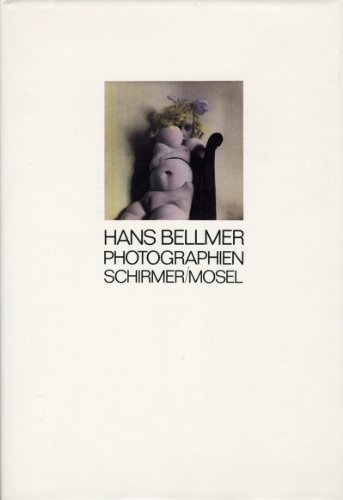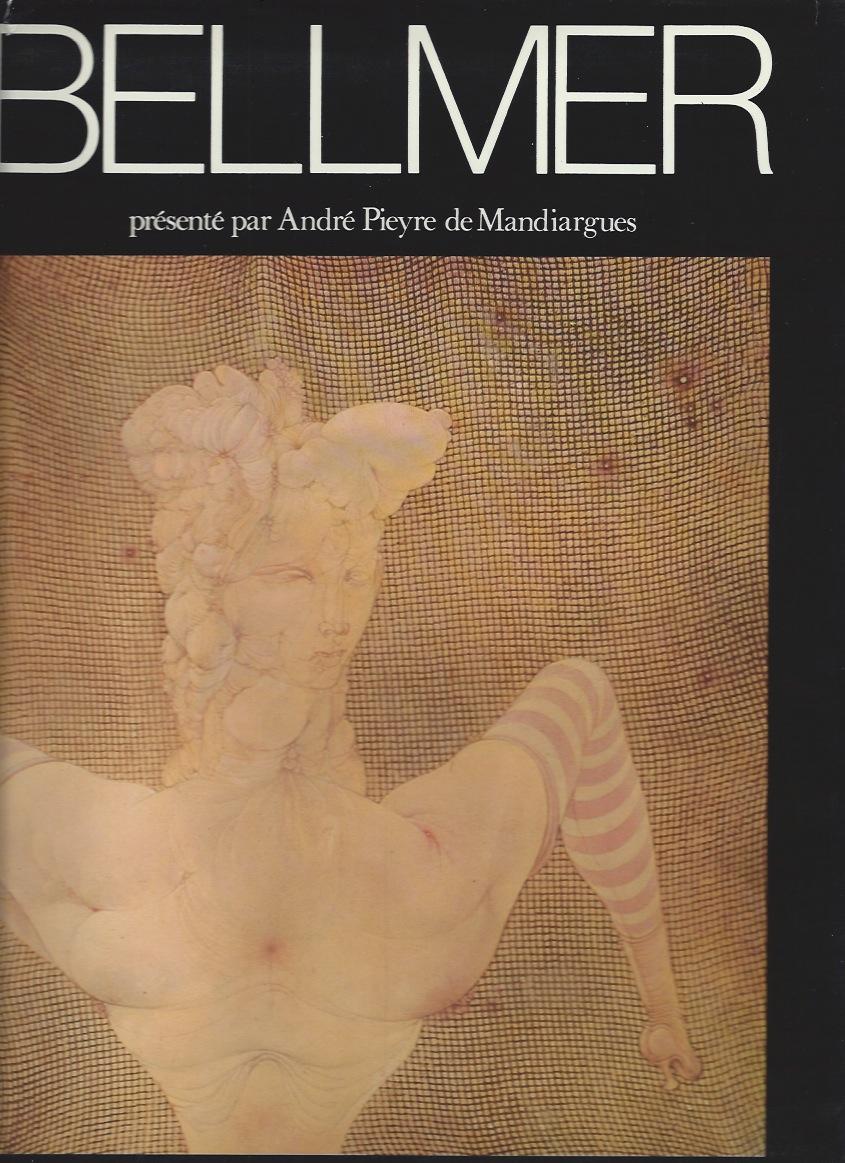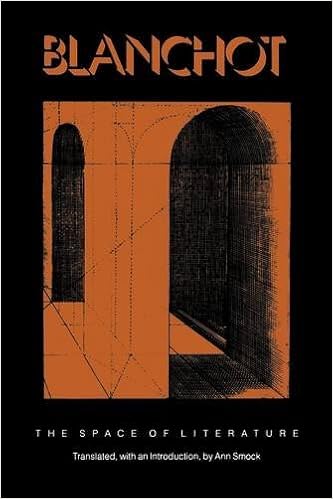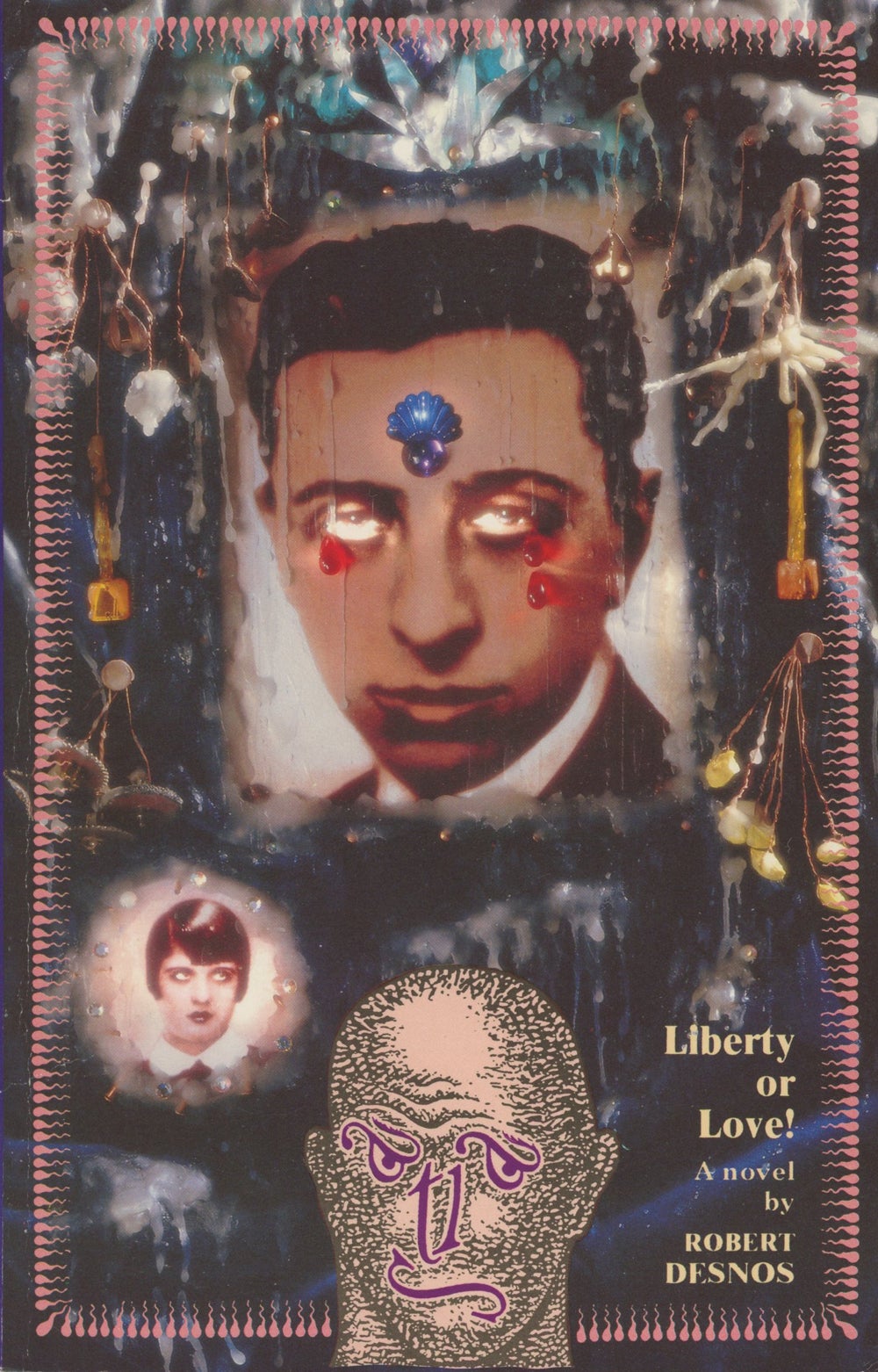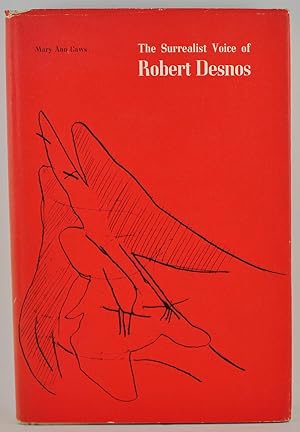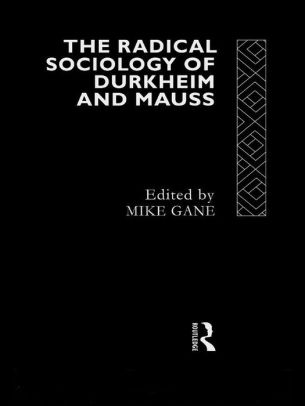Georges Bataille (1897-1962): Fellow Travellers
Overview
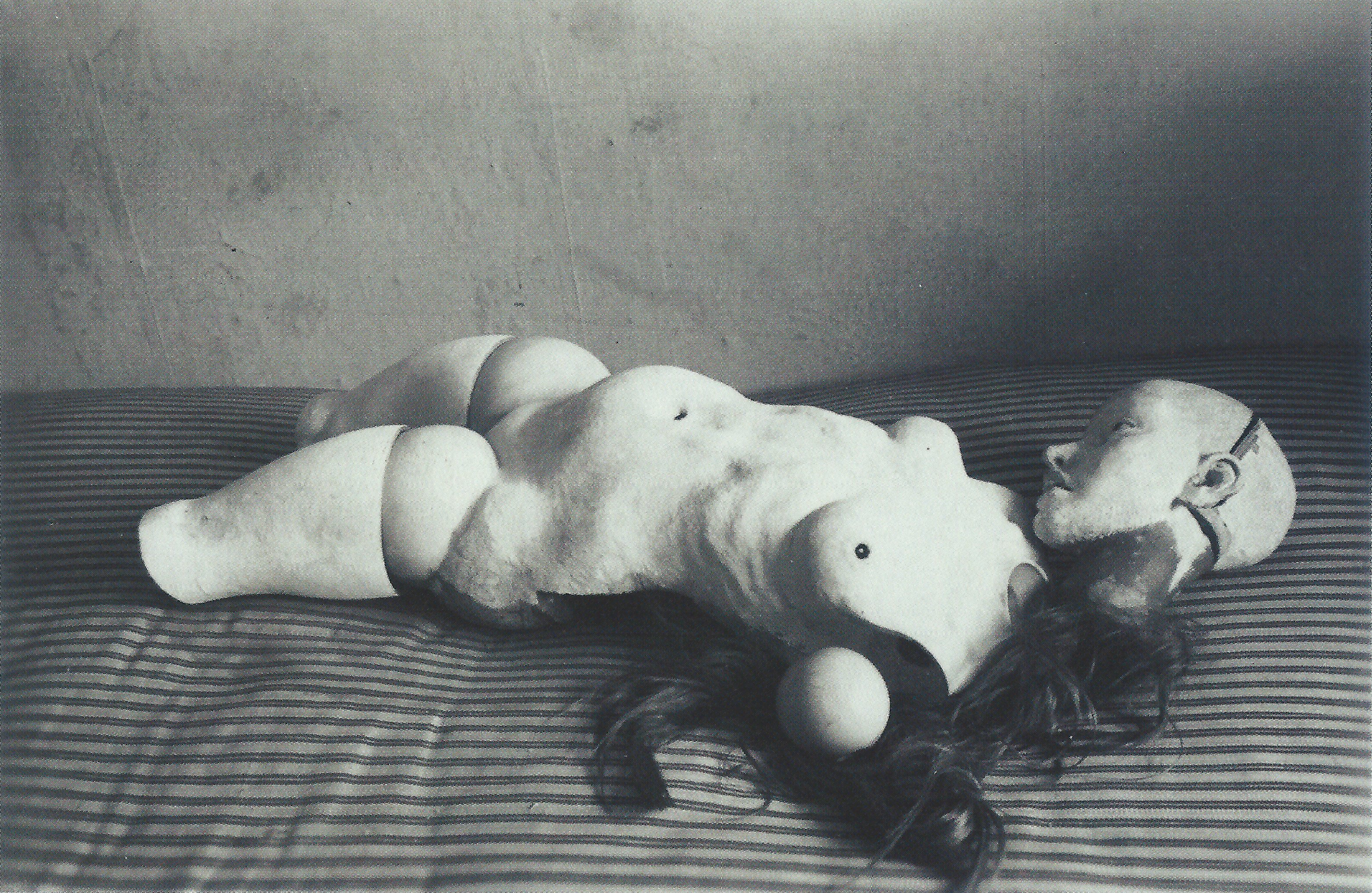 Bataille lived at a time of unusual artistic, intellectual, and political ferment in France, to which he himself made a significant contribution. To view his work in the round and to understand its broad influence, one can scarcely do better than to acquaint oneself with the artists, writers, and philosophers who inhabited his world, both past and present, and who shaped his thought most directly, through friendship, reading, or even - in the case of Breton, for instance - conflict and antagonism.
Bataille lived at a time of unusual artistic, intellectual, and political ferment in France, to which he himself made a significant contribution. To view his work in the round and to understand its broad influence, one can scarcely do better than to acquaint oneself with the artists, writers, and philosophers who inhabited his world, both past and present, and who shaped his thought most directly, through friendship, reading, or even - in the case of Breton, for instance - conflict and antagonism.
A selection of these individuals is represented below, with a brief biographical notice as well as a listing of their major works and of major critical writings about their works. The bibliographies feature the works of the respective individual listed alphabetically first, followed by works of criticism listed in reverse chronological order (newest to oldest). Each book listed in the bibliographies below is linked to the UB Library Catalog, when that item is available in our print collections. Books not available in the UB Catalog are linked to WorldCat, where you can discover library holdings for that item in your region; UB users can order these items through our Delivery+ service.
Image: Hans Bellmer, "The Doll" (1934). Read more about Bellmer and his close relationship to Bataille's work here. Source: Wikiart.org. Fair use.
Hans Bellmer (13 March 1902 - 24 February 1975)
Hans Bellmer was a German, then naturalized French photographer, draughtsman, and painter, best known for his posed photographs of dolls representing pubescent girls, as well as for a vast and technically very refined body of graphic work. Bellmer claimed that he built and photographed his first doll as a protest against the fascist cult of the perfect body and as an open affront to his repressive and authoritarian father, who was a rabid Nazi. Bellmer's controversial photographs and drawings, though created in the last century, have lost none of their power to disturb and provoke: in their treatment of sexuality, they range from the alluring and elusive to the pornographic and scatological. Though born German, Bellmer was embraced by the Paris Surrealists in the interwar period and developed an especially close relationship with Georges Bataille, for an edition of whose notorious erotic novel Story of the Eye Bellmer created a number of memorable illustrations. Bellmer also composed a small number of remarkable texts on the theory of art in both German and French, partly as Surrealist exercises in their own right, but partly as apologias for his work: Les Jeux de la Poupée (The Doll's Games, 1944) and L'Anatomie de l'Image (The Anatomy of the Image, 1957) are the most notable. Bellmer's longtime partnership with notable Surrealist artist and writer Unica Zürn, which began in 1954, ended with the latter's suicide in 1970. Not even André Masson, with whom Bataille also often collaborated, comes as close as Bellmer does to transposing the precise mood and temper of Bataille's thought into images.
Maurice Blanchot (22 September 1907 – 20 February 2003)
Maurice Blanchot was a French writer, philosopher, and literary theorist, whose work had a strong influence on post-structuralist philosophers such as Gilles Deleuze, Michel Foucault, and Jacques Derrida. In December 1940, he met Georges Bataille, who would remain a close friend until his death in 1962. Blanchot's work is not a coherent, all-encompassing 'theory', since it is a work founded on paradox and impossibility. The thread running through all his writing is the constant engagement with the 'question of literature', a simultaneous enactment and interrogation of the profoundly strange experience of writing. For Blanchot, 'literature begins at the moment when literature becomes a question'. Blanchot wrote more than thirty works of fiction, literary criticism, and philosophy. Up to the 1970s, he worked continually in his writing to break the barriers between what are generally perceived as different "genres" or "tendencies", and much of his later work moves freely between narration and philosophical investigation. Source: Wikipedia (edited).
André Breton (18 February 1896 – 28 September 1966)
André Breton was a French writer, poet, and anti-fascist. He is known best as the co-founder, leader, principal theorist and chief apologist of Surrealism. His writings include the first Surrealist Manifesto (Manifeste du surréalisme) of 1924, in which he defined surrealism as "pure psychic automatism". In 1919 Breton launched the review Littérature with Louis Aragon and Philippe Soupault, and also associated with Dadaist Tristan Tzara. In the book The Magnetic Fields (Les Champs Magnétiques), a collaboration with Soupault, he implemented the principle of automatic writing. He published the Surrealist Manifesto in 1924, and was editor of the magazine La Révolution surréaliste from 1924. A group of writers became associated with him, including Philippe Soupault, Louis Aragon, Paul Éluard, Michel Leiris [on whom see below], Antonin Artaud, Georges Bataille, and Robert Desnos [on whom see below]. Source: Wikipedia (edited).
Roger Caillois (3 March 1913 – 21 December 1978)
Roger Caillois was a French intellectual whose idiosyncratic work brought together literary criticism, sociology, and philosophy by focusing on diverse subjects such as games, play as well as the sacred. With Georges Bataille he founded the College of Sociology, a group of intellectuals who lectured regularly to one another. Formed partly as a reaction to the Surrealist movement that was dominant in the 1920s, the College sought to move away from surrealism's focus on the fantasy life of an individual's unconscious and focus instead more on the power of ritual and other aspects of communal life. Caillois's background in anthropology and sociology, and particularly his interest in the sacred, exemplified this approach. Source: Wikipedia (edited).
Robert Desnos (4 July 1900 – 8 June 1945)
Robert Desnos was a French surrealist poet who played a key role in the Surrealist movement of his day. In 1919 he met the poet Benjamin Péret, who introduced him to the Paris Dada group and André Breton, with whom he soon became friends. While working as a literary columnist for Paris-Soir, Desnos was an active member of the Surrealist group and developed a particular talent for automatic writing. He, together with writers such as Louis Aragon and Paul Éluard, would form the literary vanguard of surrealism. Although he was praised by Breton in his 1924 Manifeste du Surréalisme for being the movement's "prophet", Desnos disagreed with Surrealism's involvement in communist politics, which caused a rift between him and Breton. By 1929 Breton definitively condemned Desnos, who in turn joined Georges Bataille and Documents, as one of the authors to sign Un Cadavre (A cadaver) attacking "le bœuf Breton" (the ox Breton). During World War II, Desnos was an active member of the French Résistance and was arrested by the Gestapo. He was first deported to Auschwitz, then Buchenwald, and finally to Terezín (Theresienstadt) in occupied Czechoslovakia in 1945. He died from typhoid a month after the camp's liberation. Source: Wikipedia (edited).
Pierre Klossowski (9 August 1905 – 12 August 2001)
Pierre Klossowski was a French writer, translator and artist, and elder brother of the painter Balthus. Pierre Klossowski wrote full length volumes on the Marquis de Sade and Friedrich Nietzsche, a number of essays on literary and philosophical figures, and five novels. Roberte Ce Soir (Roberte in the Evening) provoked controversy due to its graphic depiction of sexuality. He translated several important texts by Virgil, Wittgenstein, Heidegger, Hölderlin, Kafka, Nietzsche, and Benjamin into French, worked on films and was also an artist, illustrating many of the scenes from his novels. Klossowski participated in most issues of George Bataille's review, Acéphale, in the late 1930s. His 1969 book, Nietzsche and the Vicious Circle, greatly influenced French philosophers such as Michel Foucault, Gilles Deleuze, and Jean-François Lyotard. Source: Wikipedia (edited).
Michel Leiris (20 April 1901 – 30 September 1990)
Michel Leiris was a French surrealist writer and ethnographer. Between 1921 and 1924, Leiris met a number of important figures such as Max Jacob, Georges Henri Rivière, Jean Dubuffet, Robert Desnos, Georges Bataille and the artist André Masson, who soon became his mentor. Through Masson, Leiris became a member of the Surrealist movement. Following a falling-out with the surrealist leader André Breton in 1929, Leiris contributed an essay to the anti-Breton pamphlet Un Cadavre, and joined Bataille’s team as a sub-editor for Documents, to which he also regularly contributed articles. In 1937, Leiris teamed up with Bataille and Roger Caillois to found the Collège de Sociologie in response to the current international situation. Considered a leading figure in 20th century French literature, Michel Leiris left a considerable number of works, as diverse as they are numerous. Source: Wikipedia (edited).
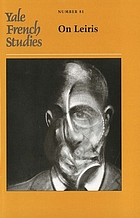
Marc Eli Blanchard, ed., On Leiris. Yale French Studies no. 81, 1992
A special issue of a leading journal in French literature and culture devoted to essays on Leiris.
Marcel Mauss (10 May 1872 – 10 February 1950)
Marcel Mauss was a French sociologist. The nephew of Émile Durkheim, Mauss' academic work traversed the boundaries between sociology and anthropology. Today, he is perhaps better recognised for his influence on the latter discipline, particularly with respect to his analyses of topics such as magic, sacrifice, and gift exchange in different cultures around the world. Mauss had a significant influence upon Claude Lévi-Strauss, the founder of structural anthropology. His most famous book is The Gift (1925). His analysis of the Potlatch has inspired Georges Bataille (The Accursed Share), then the situationists (the name of the first situationist journal was Potlatch). Source: Wikipedia (edited).
N. J. Allen, Categories and Classifications: Maussian Reflections on the Social, 2001
Also available as an ebook.
Donatien Alphonse François, Marquis de Sade (2 June 1740 – 2 December 1814)
Donatien Alphonse François, Marquis de Sade was a French nobleman, revolutionary politician, philosopher, and writer, famous for his libertine sexuality. His works include novels, short stories, plays, dialogues, and political tracts, but he is best known for his erotic works, which combined philosophical discourse with pornography, depicting sexual fantasies with an emphasis on violence, suffering, criminality, and blasphemy against Christianity. He gained notoriety for putting these fantasies into practice with both consenting and non-consenting people. He claimed to be a proponent of absolute freedom, unrestrained by morality, religion, or law. The words sadism and sadist are derived from his name. Sade was incarcerated in various prisons and an insane asylum for about 32 years of his life. During the French Revolution, he was an elected delegate to the National Convention. Many of his works were written in prison. There continues to be a fascination with Sade among scholars and in popular culture. Prolific French intellectuals such as Roland Barthes, Georges Bataille, Jacques Lacan, Jacques Derrida and Michel Foucault have published studies of him. Source: Wikipedia (edited).

